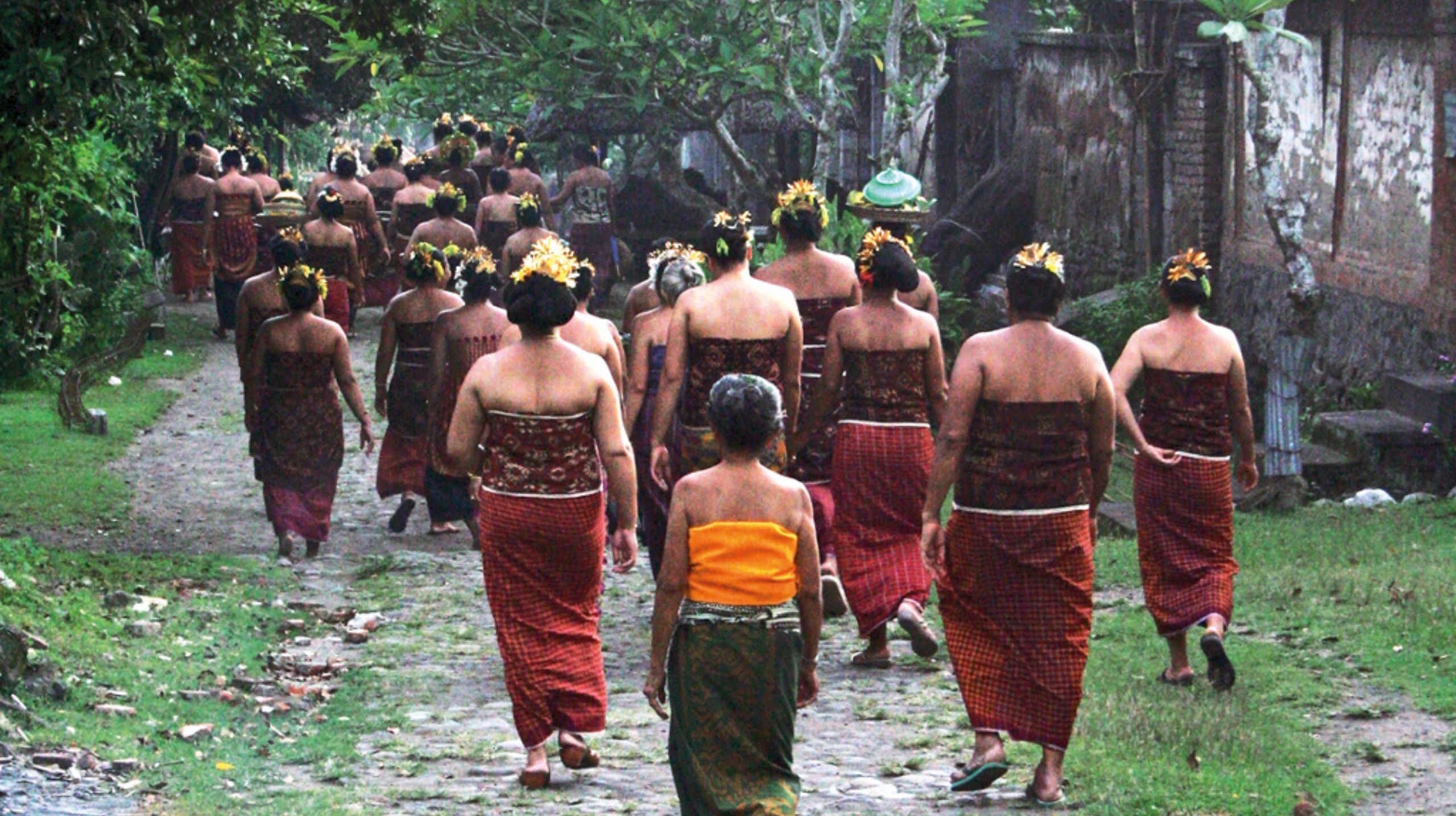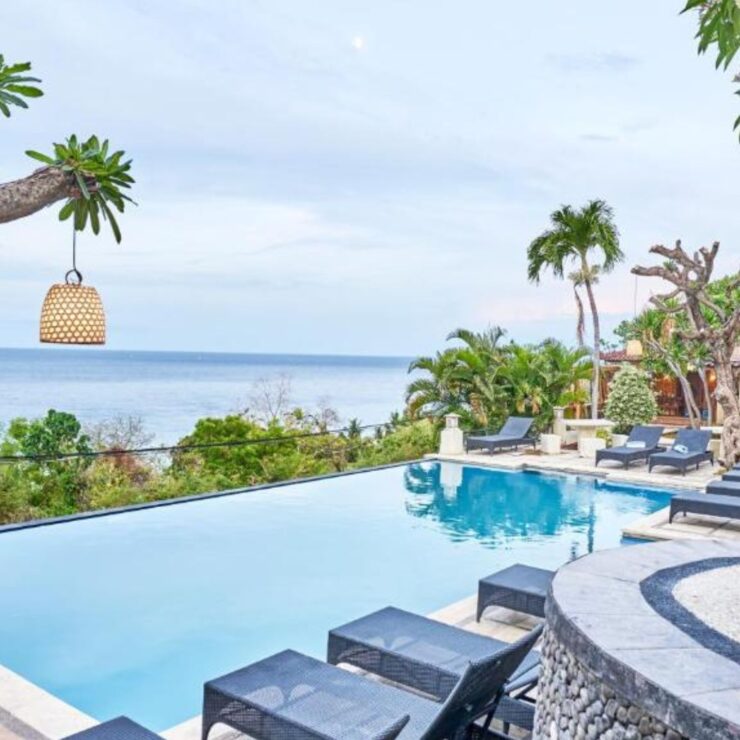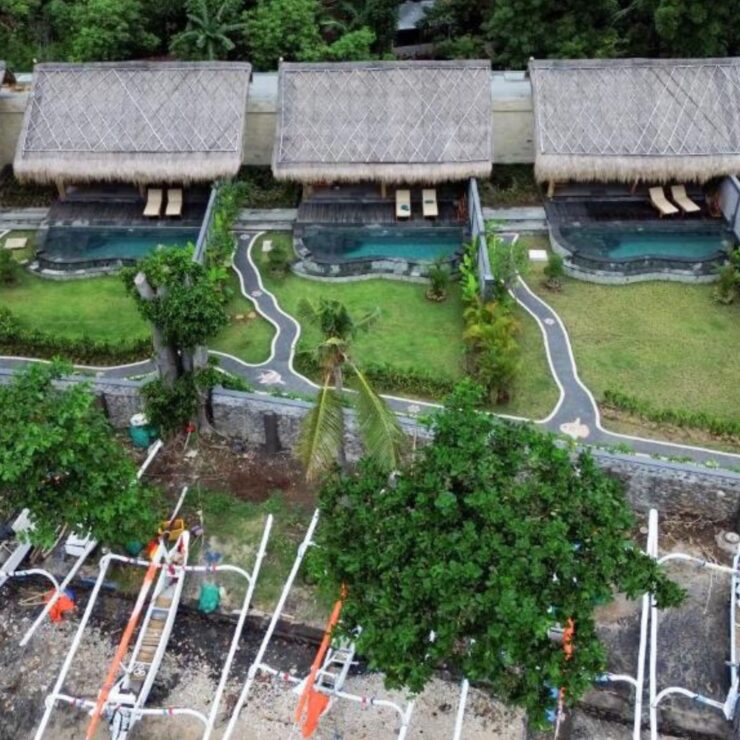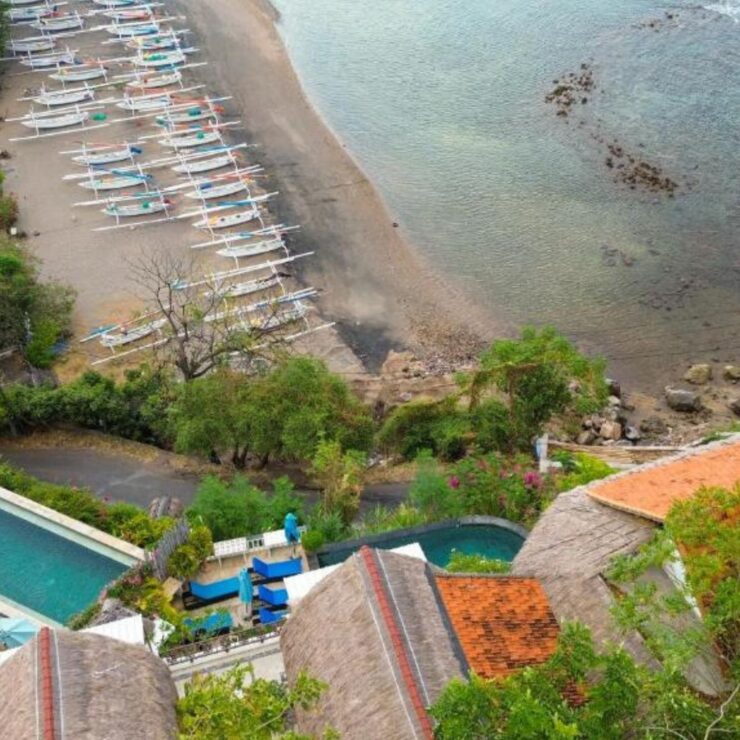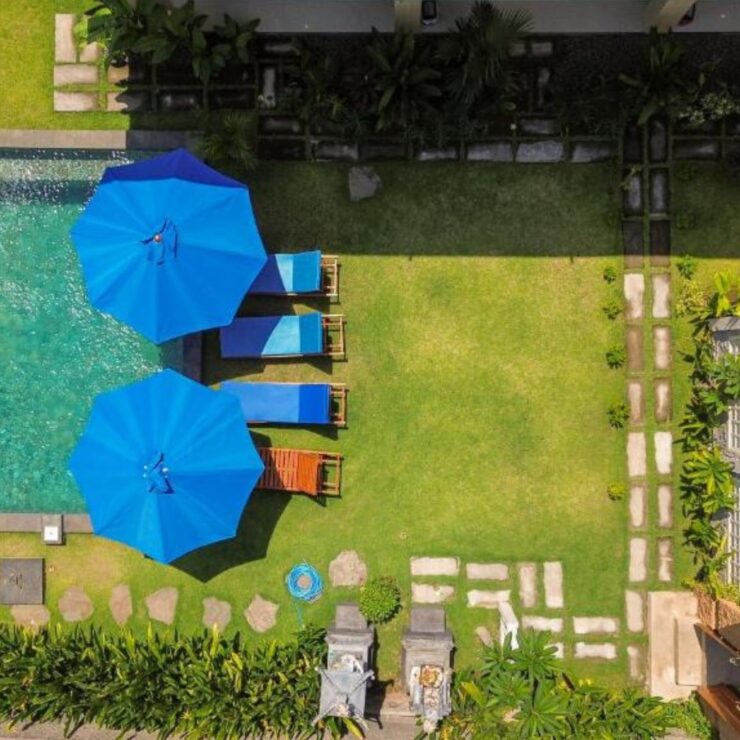Bali’s Historic Villages – Bali, known for its beautiful beaches and rich culture, also holds many historic villages that are often overlooked by tourists. While many come to enjoy the beauty of its beaches and natural scenery, Bali has heritage villages that offer a deep insight into local history and culture that is rarely known. These villages not only hold the beauty of ancient architecture but are also silent witnesses of various important events in Bali’s history. Here are some heritage villages in Bali that are worth a visit to understand more about the island’s cultural heritage.
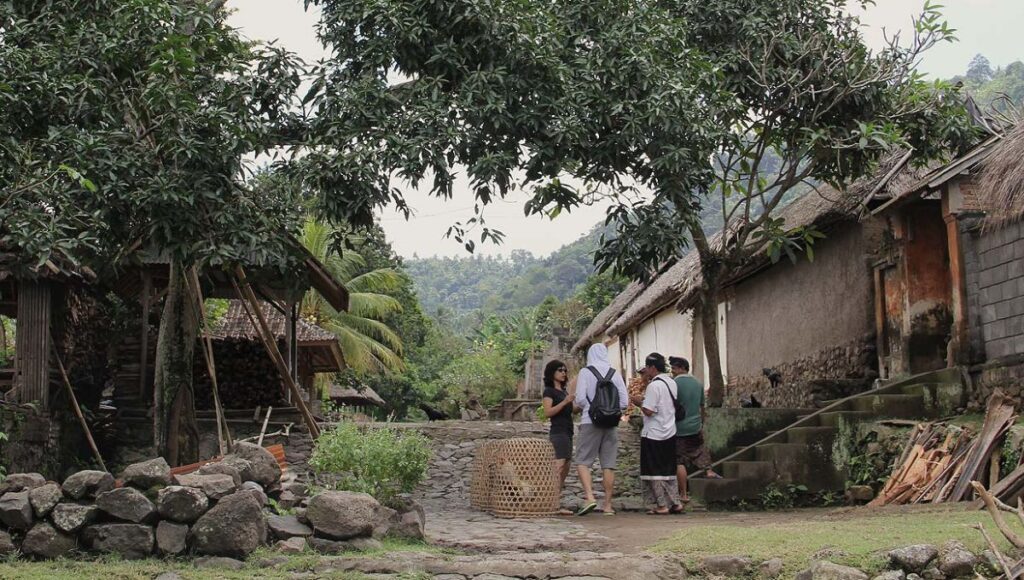
1. Tenganan Village
Located in the east of Bali, Tenganan Pegringsingan Village (source pict: JaringanEkowisataDesa) is one of the Bali Aga villages that still maintains its ancient traditions and lifestyle. The village is known for its customs that are very different from the rest of Balinese society. The houses in this village are built with a distinctive structure and equipped with ornaments that reflect the strong Bali Aga culture.
One of Tenganan’s main attractions is the Gringsing cloth traditionally produced by the villagers. This fabric is an ikat textile produced with very intricate techniques and is considered to have magical powers in the local culture. In addition, the village is also known for its unique traditional ceremonies, including the annual pandan wars that attract many visitors.
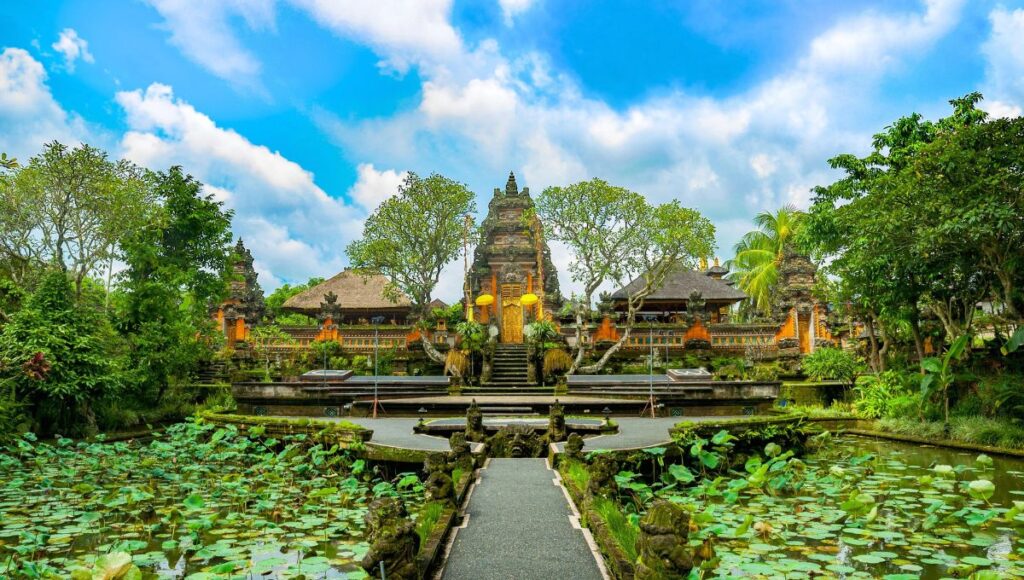
2. Ubud Village
The village of Ubud (source pict: Exepedia), although now famous as the center of Balinese art and culture, also has a rich history. Known as the center of arts and crafts, Ubud is where many talented artists, crafters, and painters gather. In addition to bustling art markets and art galleries, Ubud also has various historical sites, such as Puri Saren Agung and Pura Taman Saraswati Temple, which depict the splendor of ancient Balinese architecture.
A visit to Ubud provides an opportunity to take a closer look at how ancient traditions are still maintained and how foreign cultural influences have blended into Balinese culture. Activities such as watching traditional Balinese dances and visiting art museums also provide a deeper insight into the development of art and culture in Bali over the centuries.
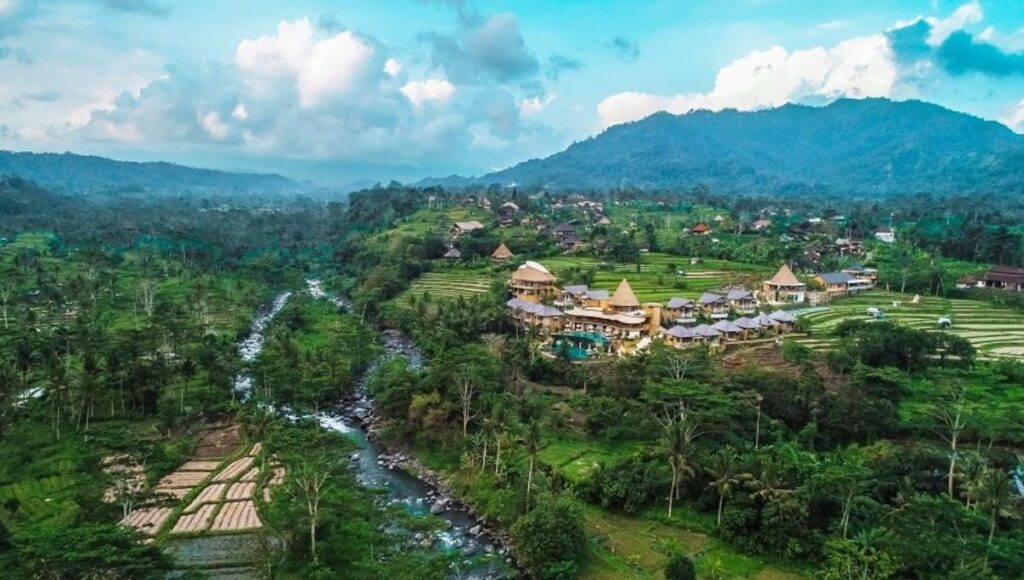
3. Sidemen Village
Sidemen Village (source pict: Balinews), located in the northeast of Bali, offers a quieter and more authentic experience of the real Bali. The village is known for its charming landscape, with vast terraced rice fields and stunning mountain views. Sidemen is the perfect place to experience traditional Balinese village life without the tourist crowds.
Sidemen also has some interesting historical sites, such as Pura Sidemen, an ancient temple that plays an important role in the spiritual life of the local community. In addition, the village is famous for its high-quality ikat weaving crafts, which are an integral part of the local tradition. Visiting Sidemen allows you to take a closer look at the process of making ikat weaving that has been passed down through generations and understand more about the daily lives of the villagers.
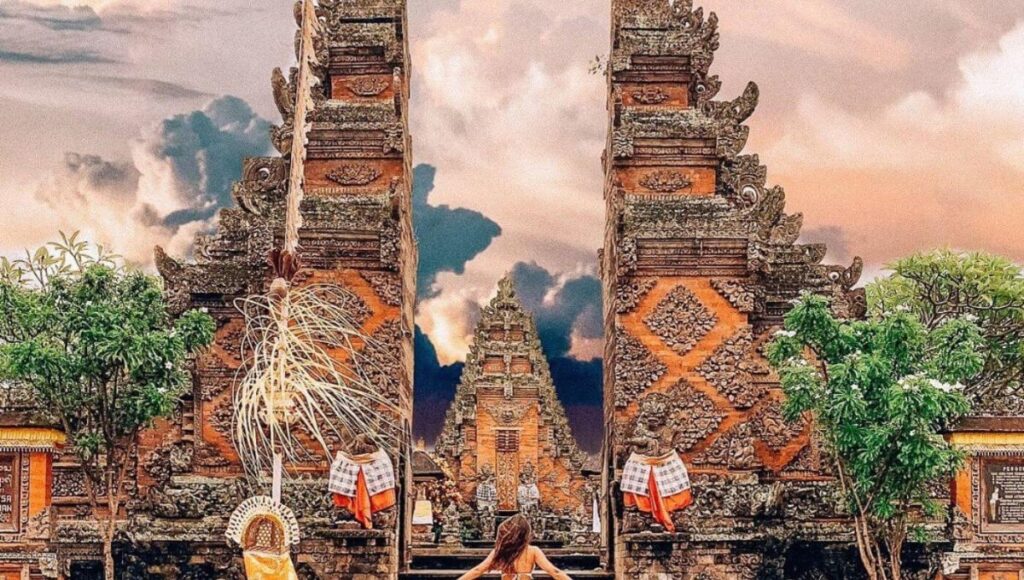
4. Batuan Village
Batuan Village (source pict: Forevervacation) is located south of Ubud and is known as one of Bali’s traditional centers of art and culture. The village has a number of ancient temples and historical buildings that reflect the beauty of ancient Balinese architecture. Batuan is famous for its unique painting artwork, known as the Batuan painting style, which is one of the traditional Balinese fine art forms.
The village is also known for its frequently held traditional ceremonies, giving visitors a chance to see how Balinese traditions are still alive and thriving. Local ceremonies and festivals in Batuan provide a valuable insight into the religious beliefs and practices of the Balinese people, and visiting the village provides an opportunity to witness how Balinese culture is maintained and celebrated.
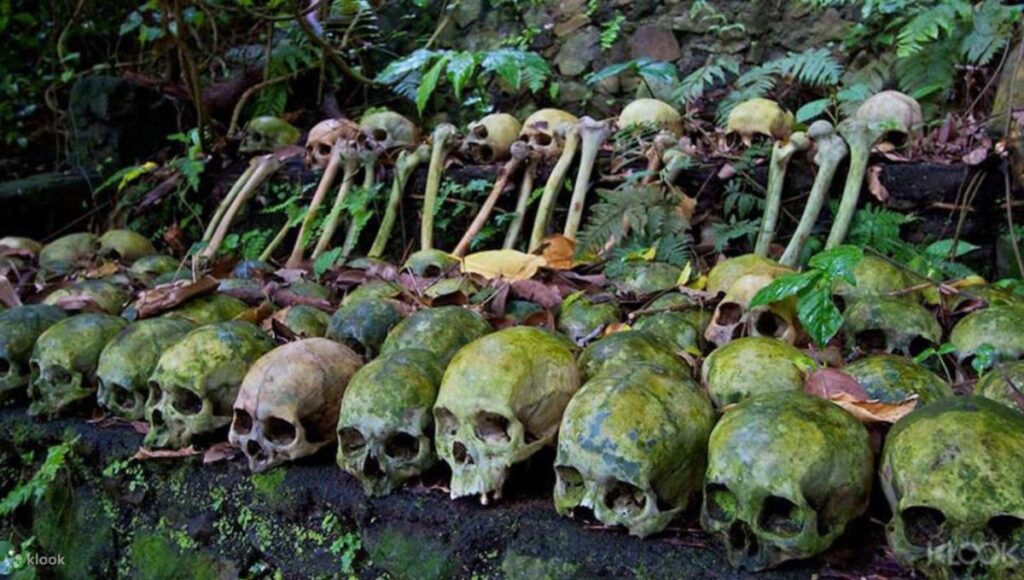
5. Trunyan Village
The residents of Trunyan Village (source pict: Klook) are part of the Bali Mula, or original Balinese people. According to research from Udayana University, their unique tradition involves wrapping the deceased in batik cloth for burial instead of performing the Ngaben cremation ceremony practiced elsewhere in Bali. Only men are allowed to enter the old cemetery, which is reserved for adults who have died of natural causes. There are also separate burial sites for children and those who died unnaturally.
This cemetery has become a tourist attraction, drawing visitors interested in photographing the skeletal remains. Visitors are advised to use local guides and travel by boat to reach the site. Beyond its unique cultural practices, Trunyan Village is also known for its natural beauty, offering camping grounds with stunning views of Lake Batur.
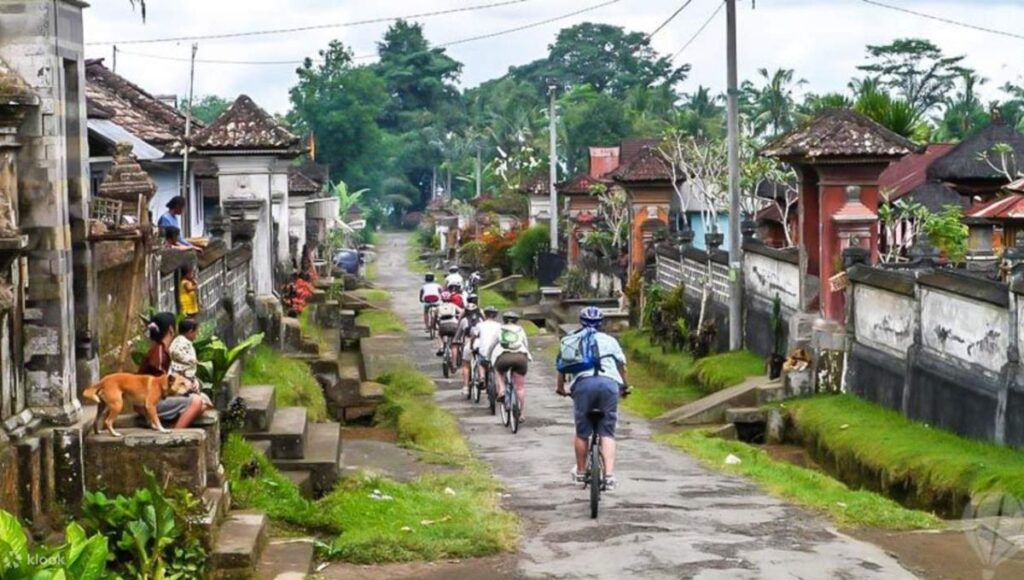
6. Carangsari Village
Desa Wisata Carangsari (source pict: Klook), located in the southern part of Petang District, Badung Regency, Bali, is a historical tourist destination. Known as the birthplace of national hero I Gusti Ngurah Rai, the village offers a rich cultural experience for visitors. With a population of approximately 4,655, Carangsari has gained recognition for its creative content, winning first place in the Creative Content category at the Anugerah Desa Wisata Indonesia (ADWI) 2021.
The village’s history, detailed in ancient palm-leaf manuscripts stored in Puri Carangsari, traces back to the Majapahit Kingdom’s conquest of Bali. In 1343 AD, Arya Sentong was sent by the Majapahit King to conquer the island, marking the beginning of Carangsari’s storied past. Visitors to Carangsari can explore this rich history and enjoy the village’s traditional Balinese culture, making it a unique and enriching destination.
Conclusion: Bali’s Historic Villages
While Bali is renowned for its stunning beaches and bustling nightlife, it also boasts a wealth of history and culture within its heritage villages. Villages such as Tenganan Pegringsingan, Ubud, Sidemen, and Batuan offer deep insights into the traditions, art, and daily life of the Balinese people that have persisted for centuries. Visiting these villages provides an opportunity to delve into Bali’s cultural heritage and experience authenticity that is rarely found in mainstream tourist attractions. By exploring these historic villages, you can enjoy natural beauty while gaining a richer understanding of Bali’s rich culture and history.
To fully immerse yourself in the beauty and traditions of Bali, consider staying at The Abasan Penida, Uma Dawa Resort and Spa Ubud, Anda Amed, or Alu Lofts Umalas. Each of these accommodations offers a unique and comfortable base from which to explore the rich cultural heritage of Bali.
Read more article about Nusa Penida Bali Indonesia:

